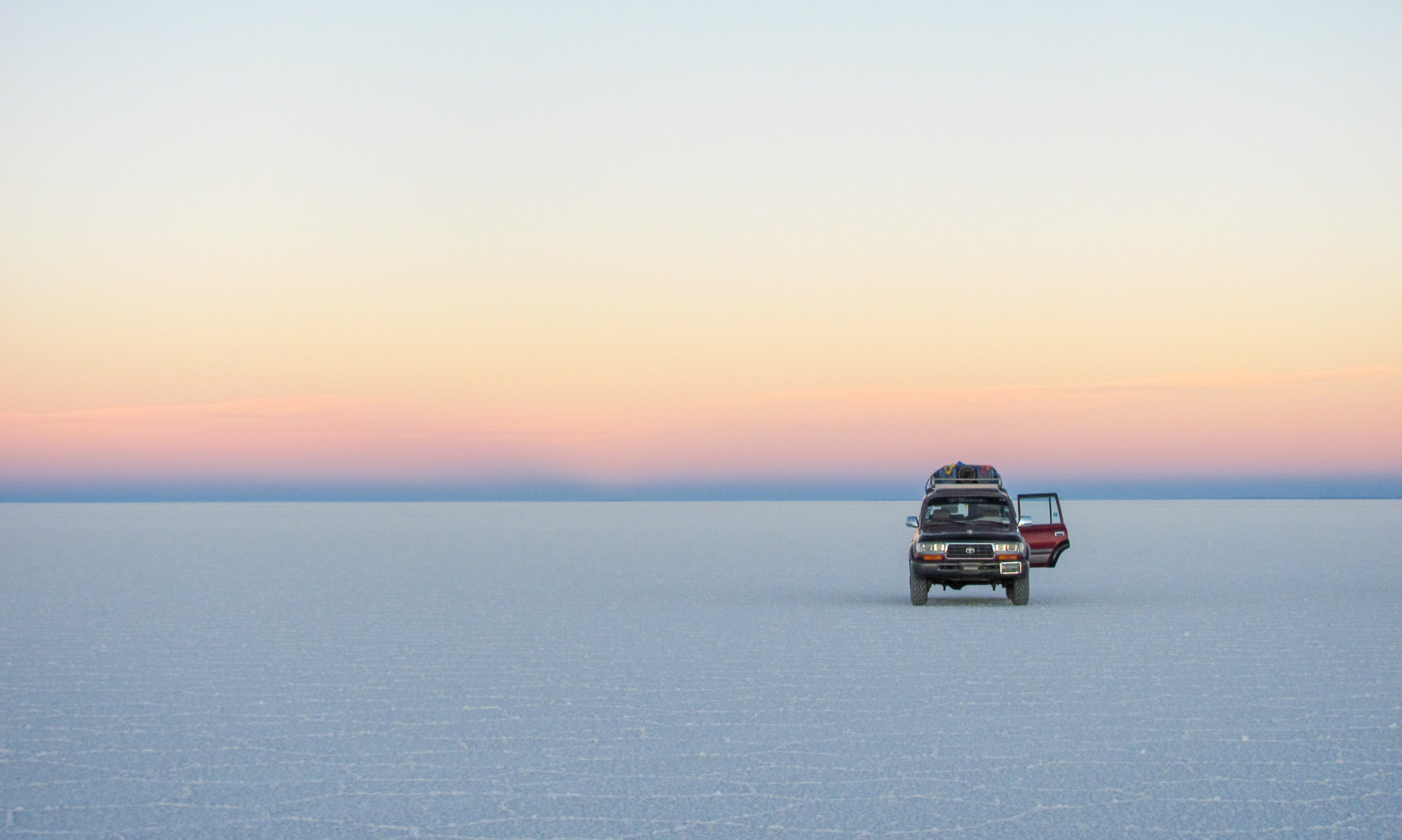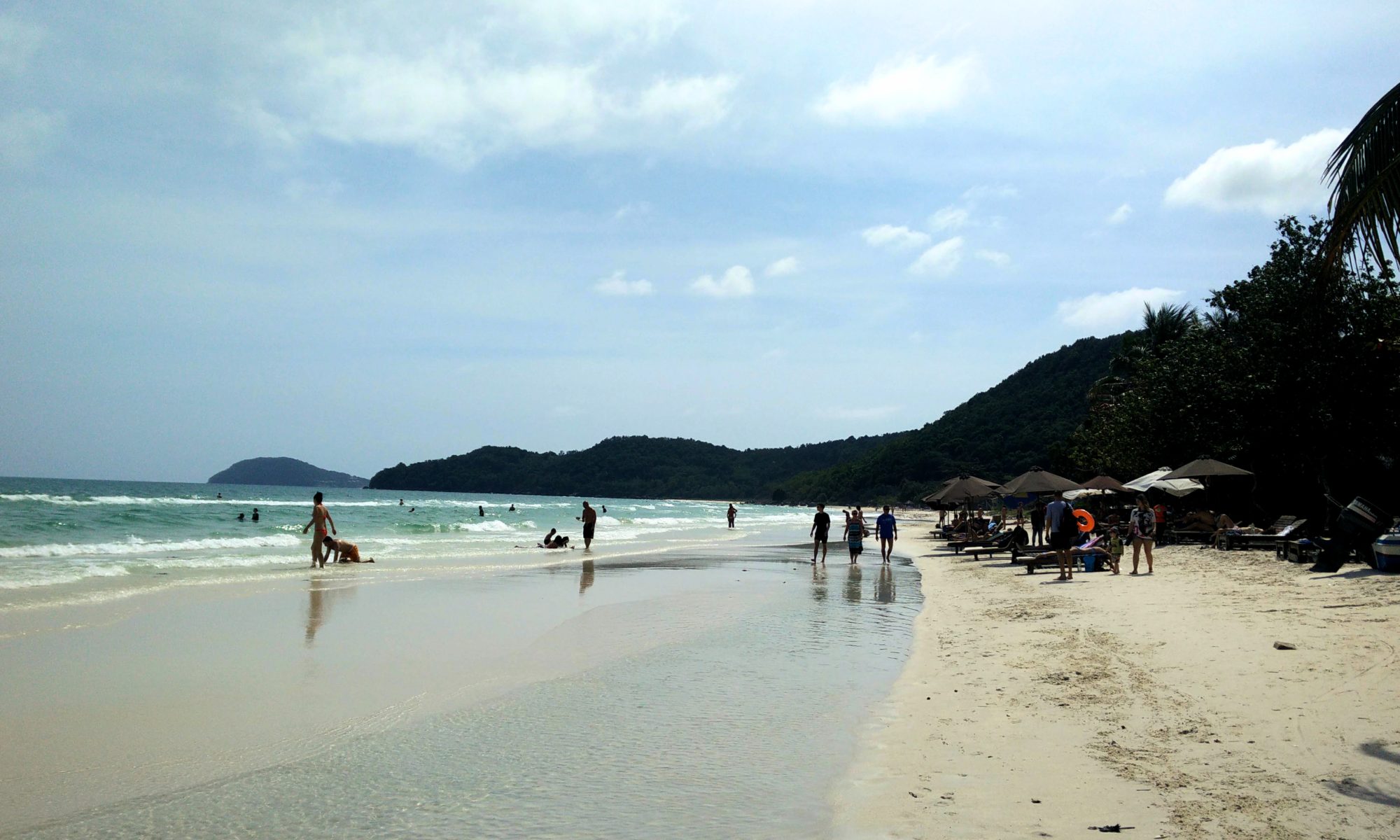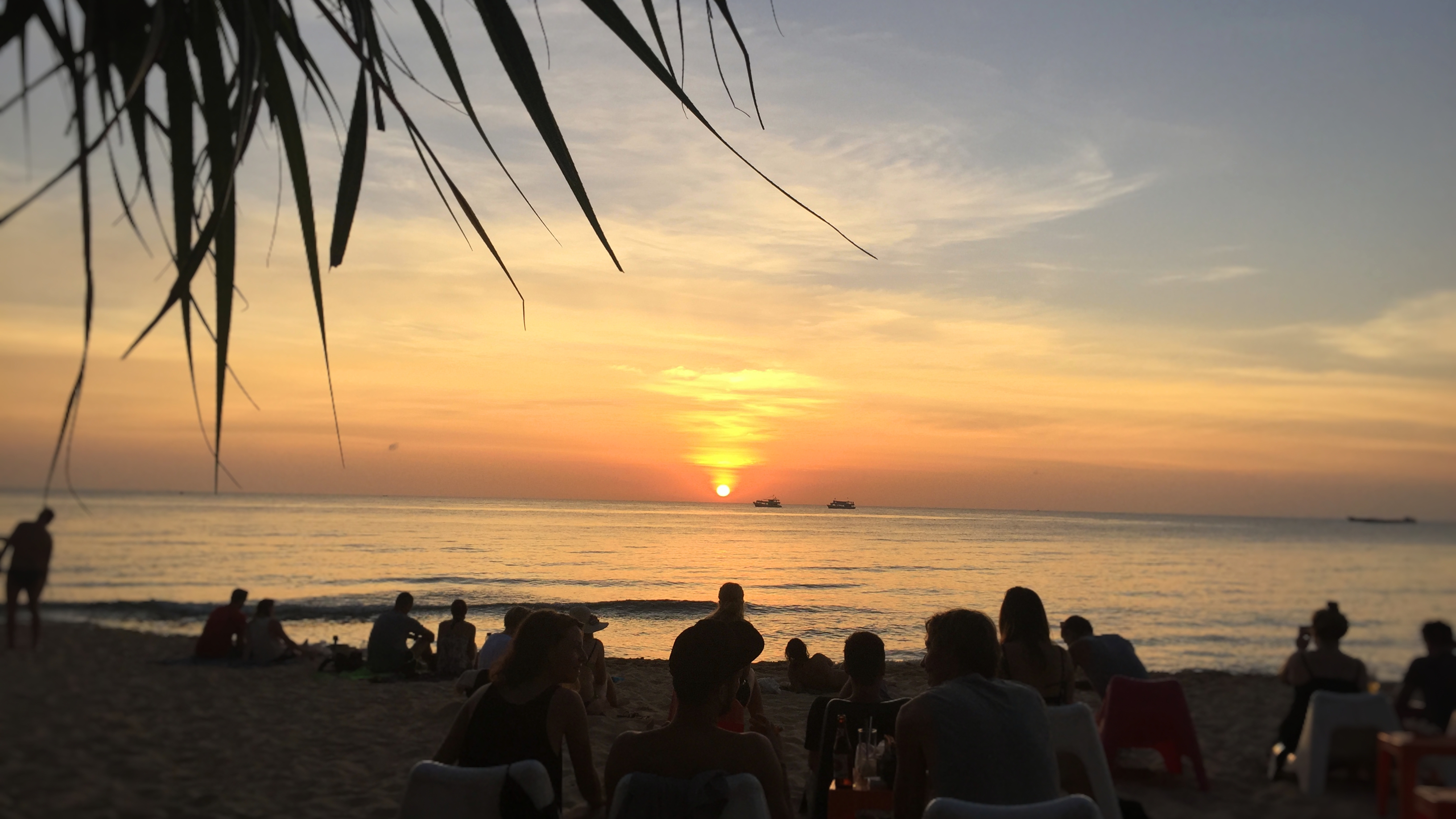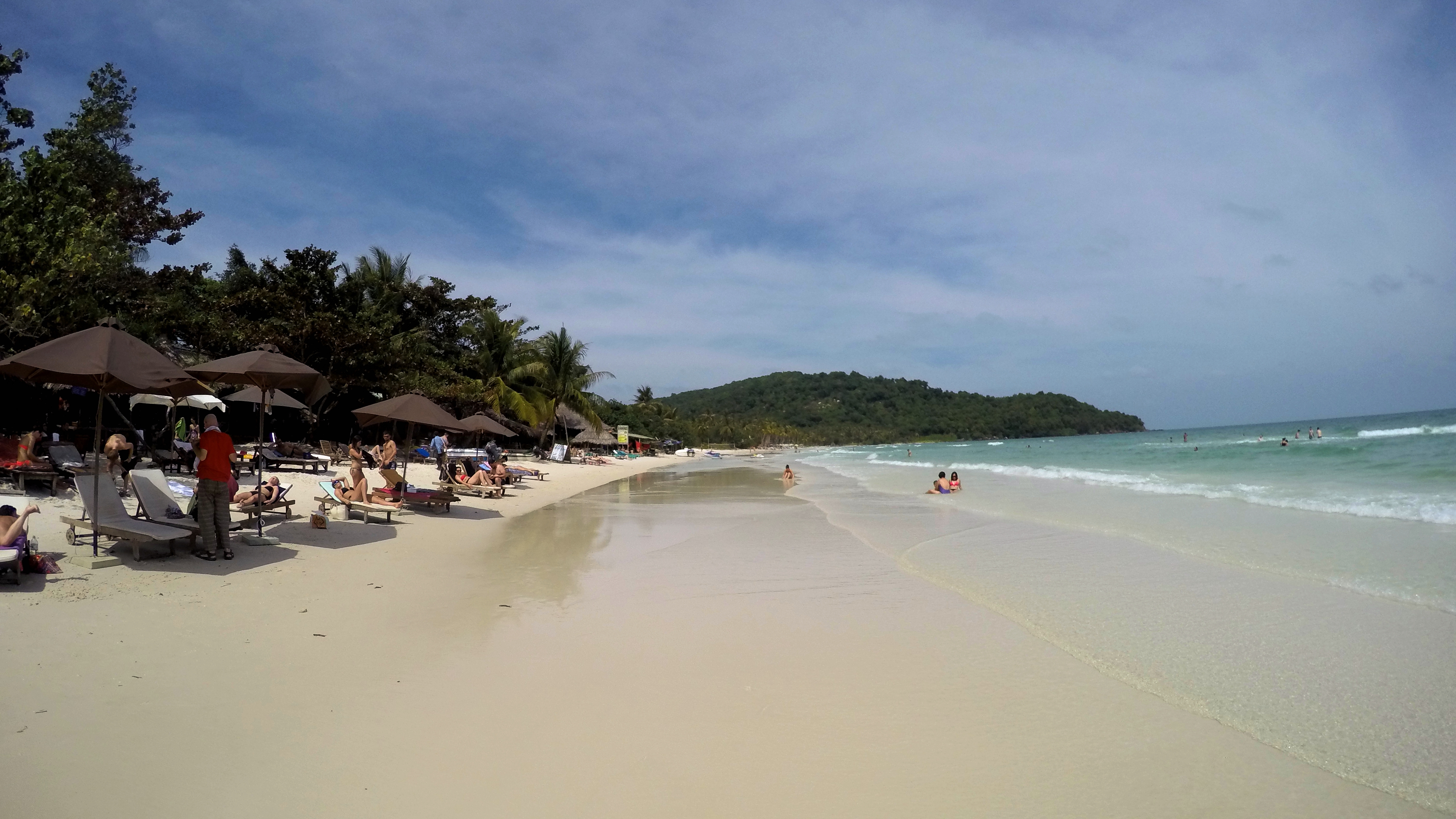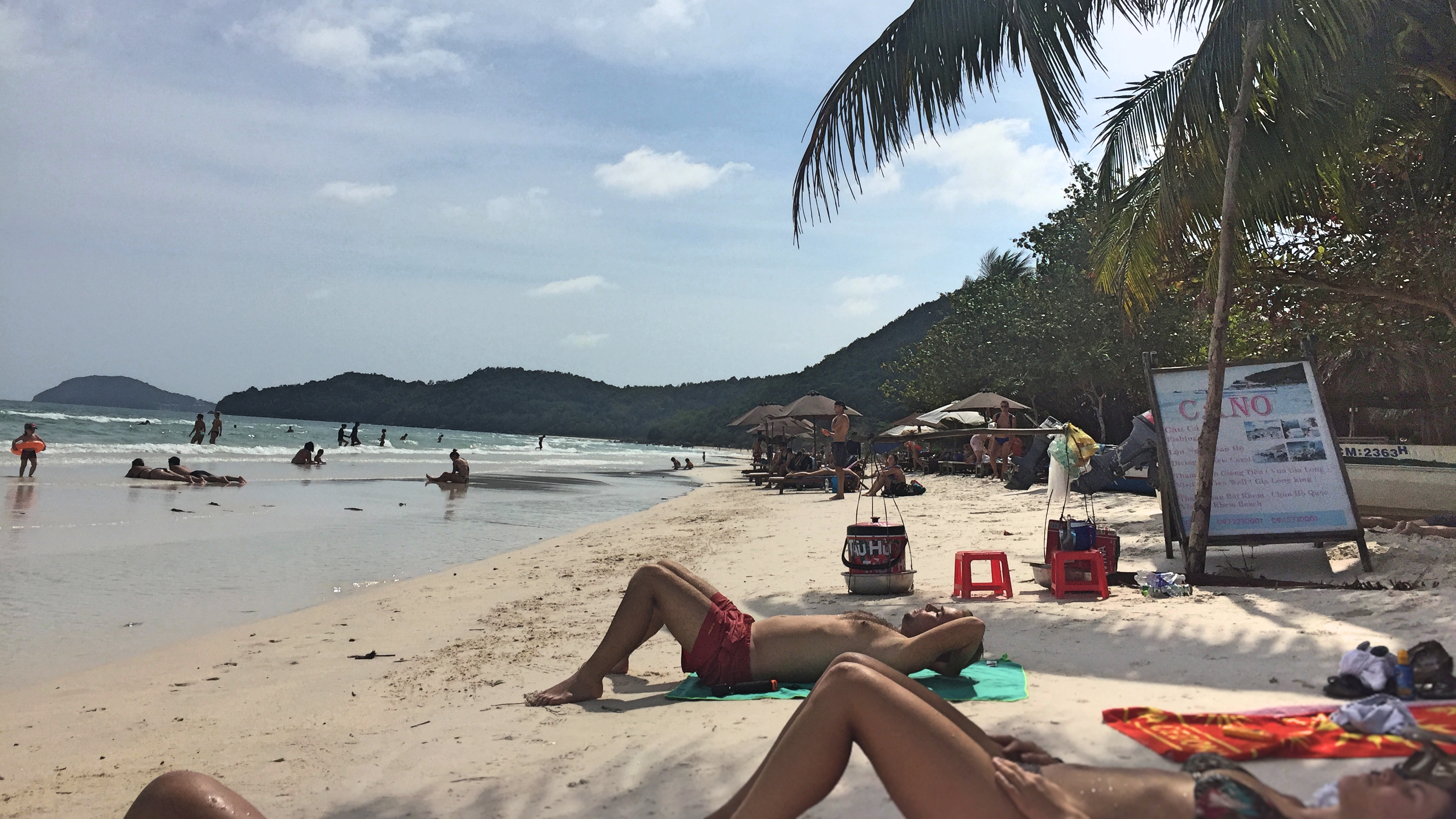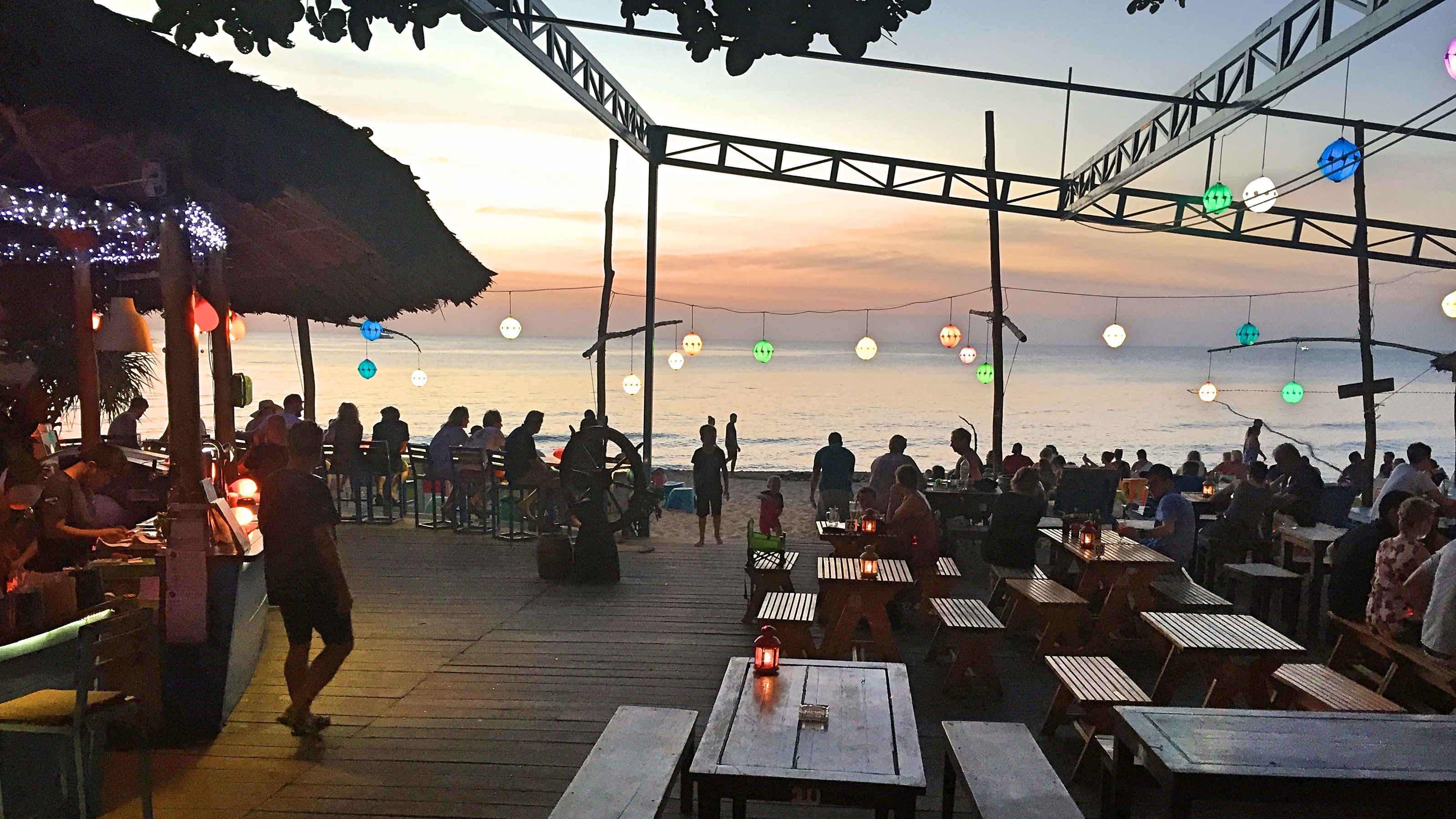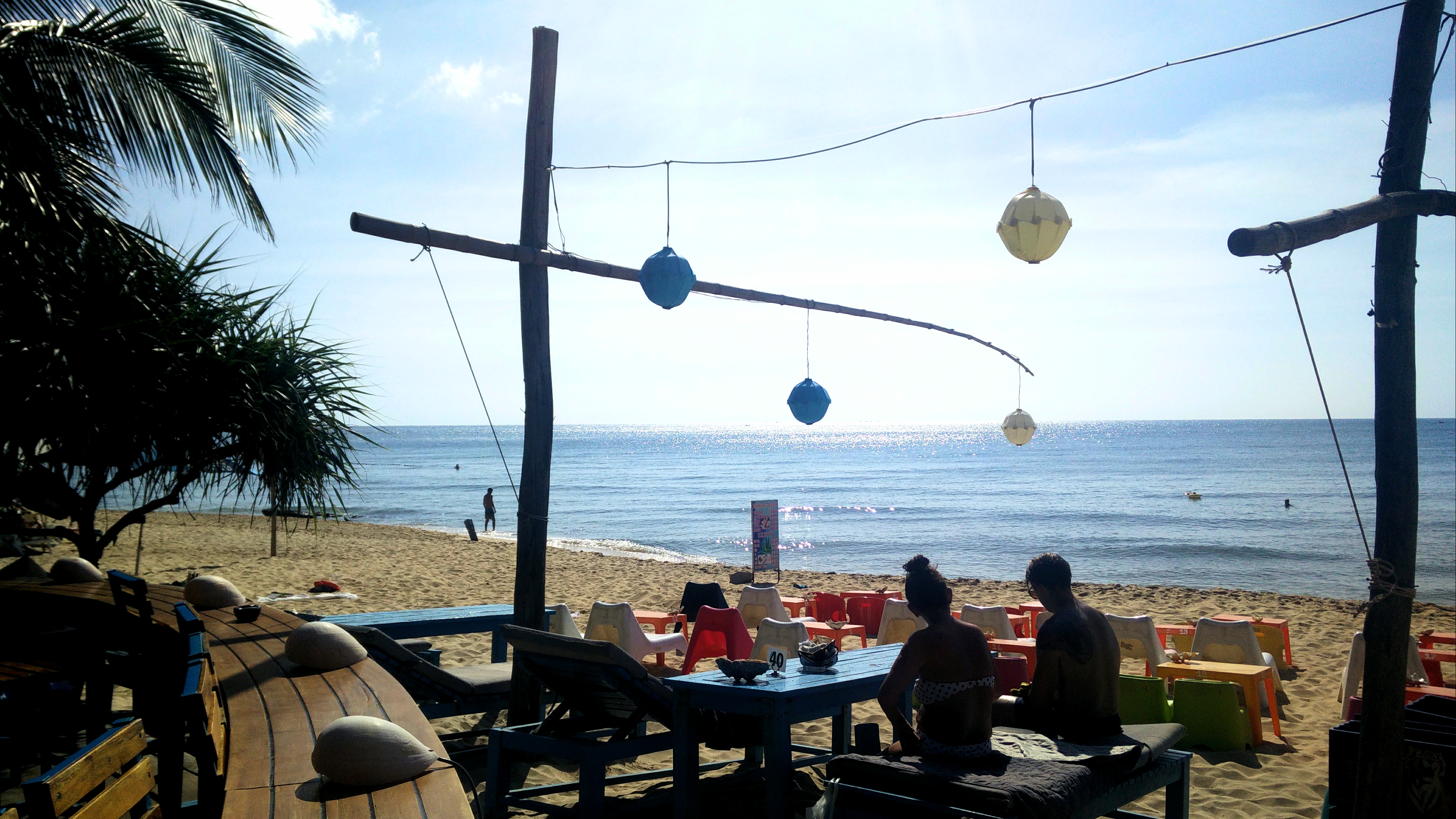Every trip to South-East Asia should include at least a few days of relaxing on a tropical island with wavy palm-trees lining pearly white sun-bleached beaches and azure-blue waters inviting you to take a dip. For Vietnam the best choice by far is Phu Quoc island. Wondering what to do in Phu Quoc (or actually on Phu Quoc, since its an island)? Kick back and relax of course.
In & Out
The perfect way of getting to or from Phu Quoc is travelling through the Mekong Delta from HCMC. Fast boats leave from Rach Gia and Ha Tien. The fastest and most interesting route is through Rach Gia. If you are travelling to or from Cambodia, Ha Tien is the better option, as this is a border-town. You can also take a boat straight to Cambodia (Kep, Kampot and Sihanoukenville) but take in mind that you need a Cambodian Visa to actually enter the country. Phu Quoc can be visited from Cambodia without a Vietnamese visa because it functions as an exclusive economic zone.
If you do not have the time or come from further away you can also fly into the island for about 450-750,000D from Hanoi, Da Nang or HCMC. A flight from HCMC only takes 50 minutes, Hanoi is about 2.5 hours. Make sure to arrange for pick-up from the airport as the cabdrivers there will try to rip you off. I have not heard of any busses and walking here is really not a viable option. Getting to long beach by foot will take you about 2 hours trudging through the burning sun.
